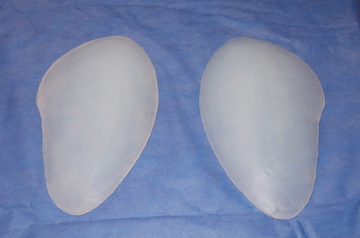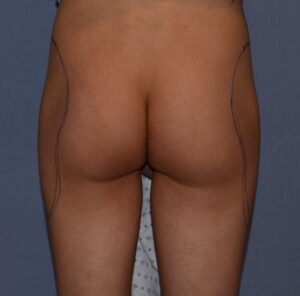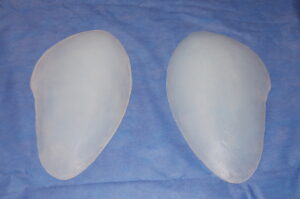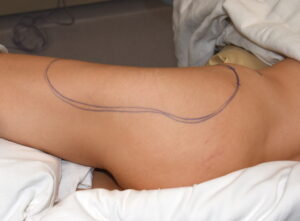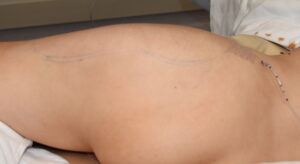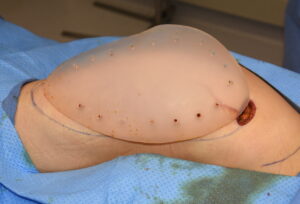Background: Hip augmentation remains one of the newer forms of body augmentation. The widespread use of fat injections for buttock augmentation has brought similar attention to the geographically proximate hip region. To some degree they are both anatomically and aesthetically connected as it is hard to see one without the other. Often volumetric and shape deficiencies exist in both areas although patients may not always have equal aesthetic concerns about them.
While hip augmentation is now commonly requested, successful methods to do so remain in a state of evolution. It would be ideal that fat injections, like in buttocks, have a high rate of take in the hips…but they simply don’t. The reasons why the fat injection take between the buttocks and hips is so different is not yet clear. But graft take aside very often the patients who desires hip augmentation either has little fat stores to harvest or has exhausted these resources for the buttock area. Some buttock implants may be able to provide some hip augmentation effect but this is of no help to the patient who only desires hip augmentation.
Hip implants are currently not available as a standard implant style. Certain other body implants may be able to be used successfully in the hips but this is the exception rather than the rule. This is because the requirements for hip augmentation are dimensionally different than any other body area. Round implant shapes are completely ill-suited and oblong shapes are often too narrow or have the projection in the wrong area. As a result, custom hip implants designs are usually the best approach as they can be made to the surface area coverage and maximal projection location that the patient desires.
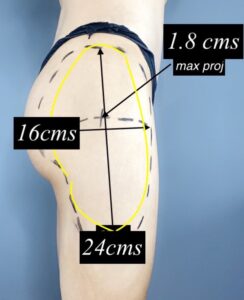
In computer designing the hip implants the maximum projection was 2.2cms located in the upper third with a total implant volume of 400ccs.
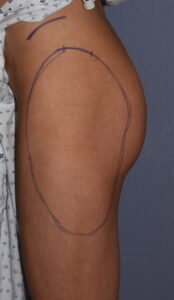
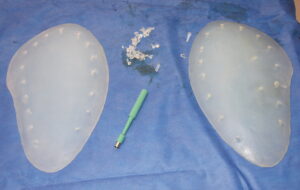
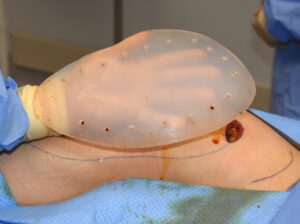

The shape and size of these custom hip implants require that they be placed in the prefascial position. (on top of the TFL fascia) This is not an ideal pocket position as it would be preferred to be under the TFL fascia. But that pocket location is too limited for these more appropriately shaped hip implant style. This is always a concern in the thinner patients where the subcutaneous tissue thickness is not ideal. In such a location to can be presumed that some implant edge visibility may occur particularly towards the buttock extension.
Case Highlights:
1) In the thin female hip augmentation can only be successfully performed using implants.
2) Custom hip implants are designed based on external patient measurements of their desired area of augmentation. In many cases the implant design resembles a ‘flounder’ with a broad and flatter shape to cover the curved shape of the hip region.
3) To provide optimal surface area coverage a prefascial pocket location is needed which risks some edge visibility in the thin patient.
Dr. Barry Eppley
Indianapolis, Indiana

